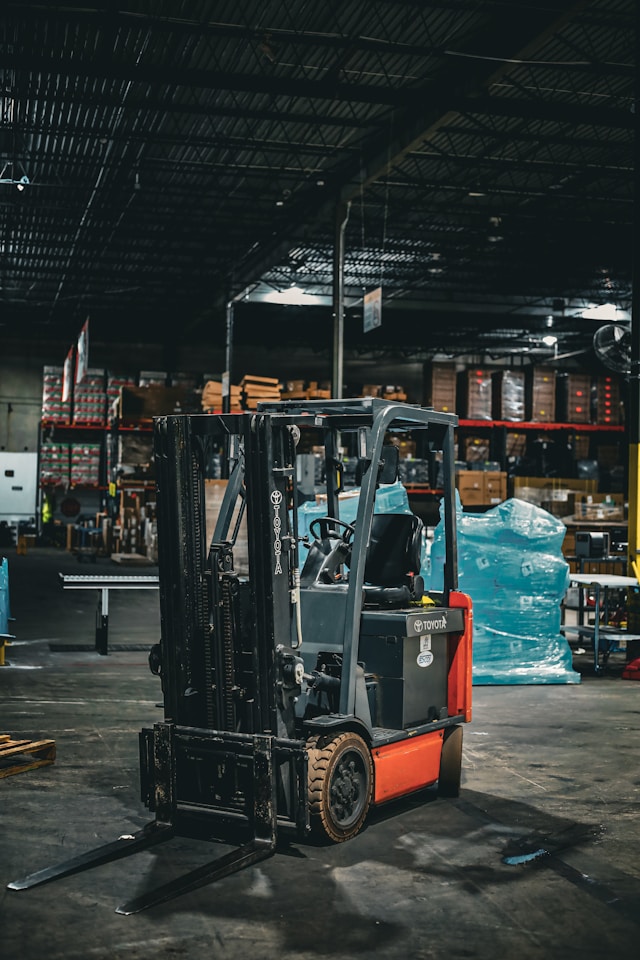Empower your teams with expert-led on-site/in-house or virtual/online Perishable Cargo Logistics Management Training through nuancedu, a premier Perishable Cargo Logistics Management training company for organizations globally. Our customized training program equips your employees with the skills, knowledge, and cutting-edge tools needed for success. Designed to meet your specific training needs, this Perishable Cargo Logistics Management group training program ensures your team is primed to drive your business goals. Transform your workforce into a beacon of productivity and efficiency.
Perishable Cargo Logistics Management refers to the specialized processes and technologies used to transport and store goods that have a limited shelf life, such as food, pharmaceuticals, and flowers, ensuring they remain fresh and safe from origin to destination. Organizations require Perishable Cargo Logistics Management to maintain the quality and safety of perishable goods during transit. Effective Perishable Cargo Logistics Management training course necessitates comprehensive training for staff on handling, monitoring, and managing perishable goods to ensure adherence to best practices and regulatory requirements.
nuancedu instructor-led Perishable Cargo Logistics Management training course is available in virtual/onsite formats and is delivered by industry experts with years of experience. The course includes a customizable curriculum tailored to organizational needs, emphasizing practical knowledge and real-world application. The training includes expert instruction, hands-on practice, and an in-depth understanding of perishable logistics management.





